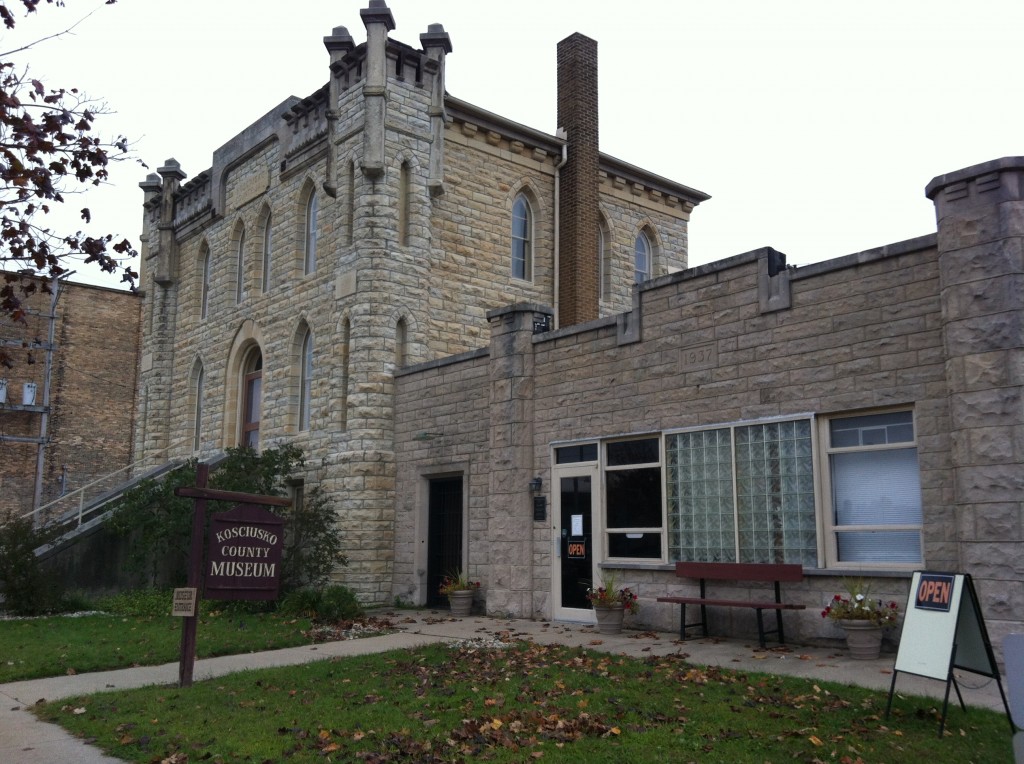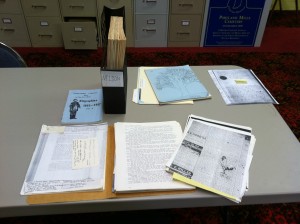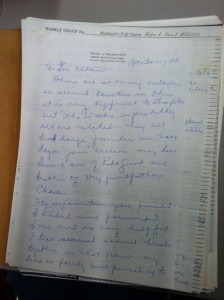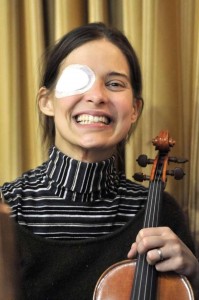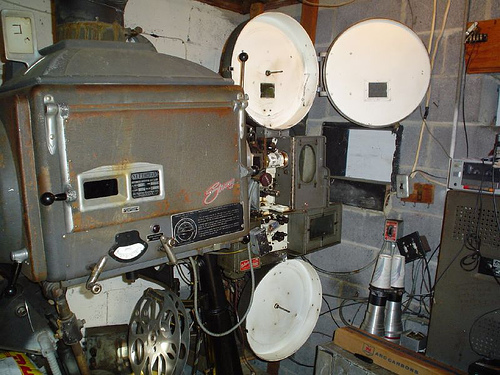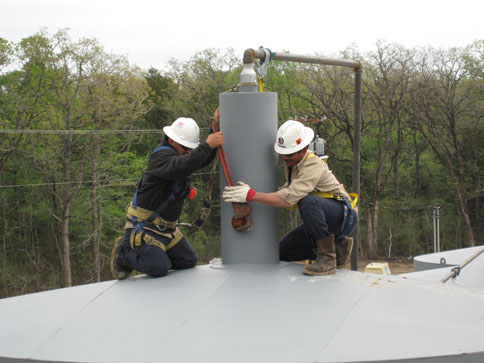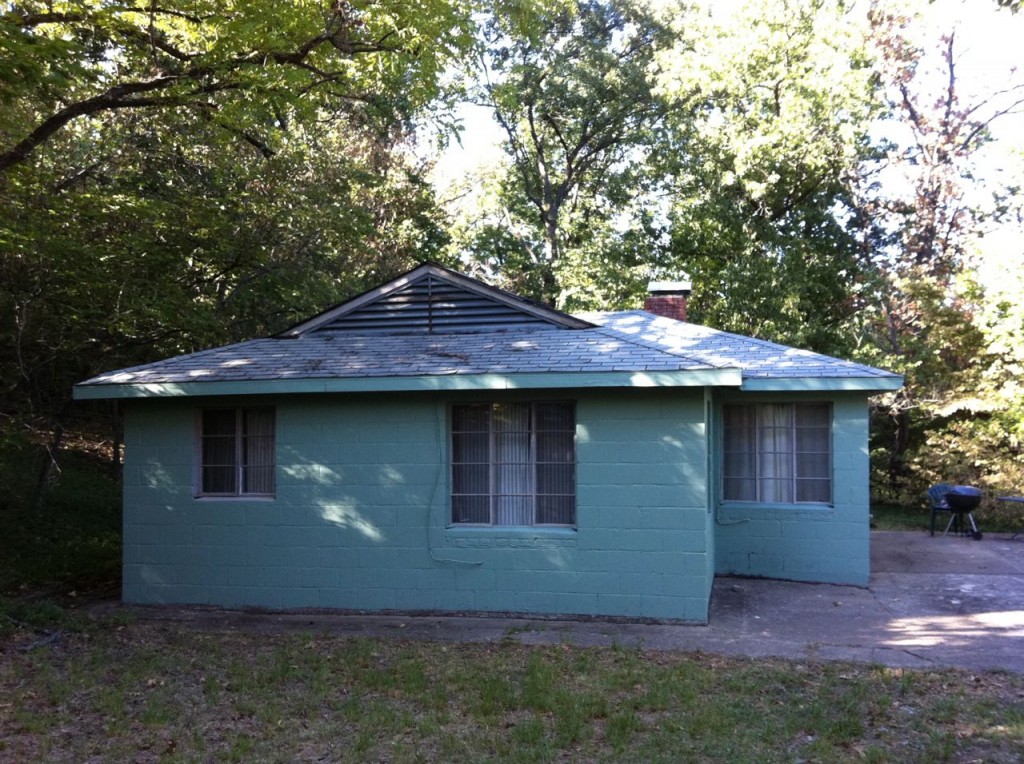[portfolio_slideshow slideheight=400 timeout=3000 exclude=”1550″]
The Call of Atitlan
I’ve heard it said that if you practice a virtue long enough, it becomes a habit; and, if you practice a vice, it becomes an addition. I think this is a bit of both.
This time each year, unbidden, I feel a longing to visit the Lake Atitlan region in the western highlands of Guatemala. There is no doubt in my mind that this is caused by the many trips I took there during my time as campus minister at the St. Philip Neri Newman Center at the University of Tulsa.
Each March for 9 years, I spent a week there with a group of college students. No wonder that I feel the pull to go there even now.

This tweet came across my screen this morning and it got me thinking about Guatemala all over again. I jumped into my iPhoto library and rather willy-nilly started selecting photos for this post.
And I couldn’t stop until I reached nearly 250 shots, some from each of the trips I took with students. (My apologies for attaching them all to this post and for the time it took to load on your screen!)
Unless you went on one of these trips, these photos won’t mean much to you. Not knowing the context or the people in them won’t help either. However, every time I look at them, I am struck over and over at how life changing these experiences were for me and for those I traveled with . This was truly the best thing we did while I was campus minister.
Micatokla
The first six years, I think were the best. We stayed in Santiago Atitlan, at the south end of Lake Atitlan, home of Micatokla (Mision Catholica de Oklahoma), the Oklahoma Catholic Mission that had reopened the parish there at the end of the 1950’s. It had been abandoned for almost 150 years before that.
The dioceses of Oklahoma had strong ties to this mission and it was important for us to build on that connection.
We stayed in the guest rooms of the mission rectory, cooked our own food in the kitchens, prayed in the chapel and church, visited the schools, but most importantly, we assisted in the construction of stone homes in the Canton of Panabaj.
Panabaj is an outlying community south of Santiago Atitlan. The parish owned land there and for several years, various parishes in Oklahoma funded the construction of homes (casa familiares) in that neighborhood. The Newman Center was one of the few groups that actually went there, assisted in the construction of the homes, learned about the mission and the community, and experienced a certain solidarity with the people who would live in those homes.
Luz Alta
Year after year, we would build homes next to, or nearby, the homes of the previous years. We made friends with the families, mostly the kids, and saw them growing up. We were certainly not tourists and the people there didn’t see us that way either.
I enjoyed walking in that neighborhood, playing with the kids, greeting families of previously built homes and watching the interactions the students were having.
We always “sold” the trip to the students as a “house building trip.” Serving the poor through their hard labor over spring break.
If you look at the photos, you’ll see many with the students up to their waists in trenches, pushing wheelbarrow, or hauling dirt and rocks.
And then, a few days into the trip, you would see the relationships take hold and the realization would dawn on the student that these trips were much more than just “house building trips.” It was about learning, sharing, putting their own lives in context, and dealing with the idea that they were taking away more from the experience than they were giving.
I find it hard sometimes to keep my emotions in check when I think about these experiences and the wonderful students that went on them. I think they were changed as much as I was.
Luz Differentes
The trip in 2006 was a major turning point in our program. In October of 2005, a hurricane crossed Central America, causing terrible flooding in many parts.
Santiago Atitlan, and especially Panabaj, experienced terrible mudslides. The areas, a tenth of a mile in any direction, around the neighborhood of our homes was devastated. More than 750 people died in one night.
Our little neighborhood, now with about 30 houses, was miraculously spared any significant damage though I think a few of the inhabitants were killed or injured.
When we returned to Panabaj the following March, much had changed. The visibile reminders of the mudslide were everywhere. The neighborhood school, just up the road was battered and covered with 5 feet of dirt, rock and debris.
Our little neighborhood and all the homes that we had built was mostly abandoned, inhabited by squatters who snuck in after the government closed it. It was deemed a high risk area of future mudslides and not suited for habitation. It was a ghost town.
It was heart wrenching to go there, especially for any of us who had been there before and seen the life of that community. Many of us cried when we visited the refugee camp where our friends had been forced to move and see the struggles they were once again facing without homes of their own.
From that point on, we started building homes closer to Santiago Atitlan, and eventually moved our location to the mission of San Lucas Toliman (operated by the Diocese of New Ulm in Minnesota) about 20 miles up the lake road.
Mision de San Lucas Toliman
San Lucas is a much bigger operation than the Oklahoma Mission (which had been returned to the local diocese a few years earlier). The experience for the students visiting this mission was still very good, but much different.
The students still worked on mission projects, visited its clinic, toured its coffee collective, forestry project, etc., but never really recaptured the same sense of camaraderie that we had with the people of Panabaj.
The mission in San Lucas is terrific and gave us new opportunities to share the life of the community, but I missed Santiago.
Perhaps fittingly, my last trip with students was during Holy Week of 2008. We helped the parish prepare for Good Friday and Easter by mixing colored sawdust for their street decoration, and preparing flowers for the church. We were very fortunate to take part in the town wide processions on Good Friday and the Living Passion liturgy in the church.
I guess if my time taking students to Guatemala had to end, that was a good time to do it. As memorable a trip as any of them had been.
Four years have now passed since the last time I traveled there with students, and my thoughts still turn there every spring. I hope I never forget all that we experienced. The joy of the people, working side-by-side with them, making friends with the children, the amazing beauty of Lake Atitlan and its surrounding volcanoes. I also want to remember the occasional food poisoning, amoebas, cold showers, harrowing highway journeys, tuk tuk rides, threats of bandits, long dusty hikes and the culture shock of returning home.
Some day I hope I can return there with another group of people, former students of one of the trips perhaps. My pastor, Fr. Jack recently told me that I have “a heart for missions.”
I think he’s right. I’m ready to go again.

